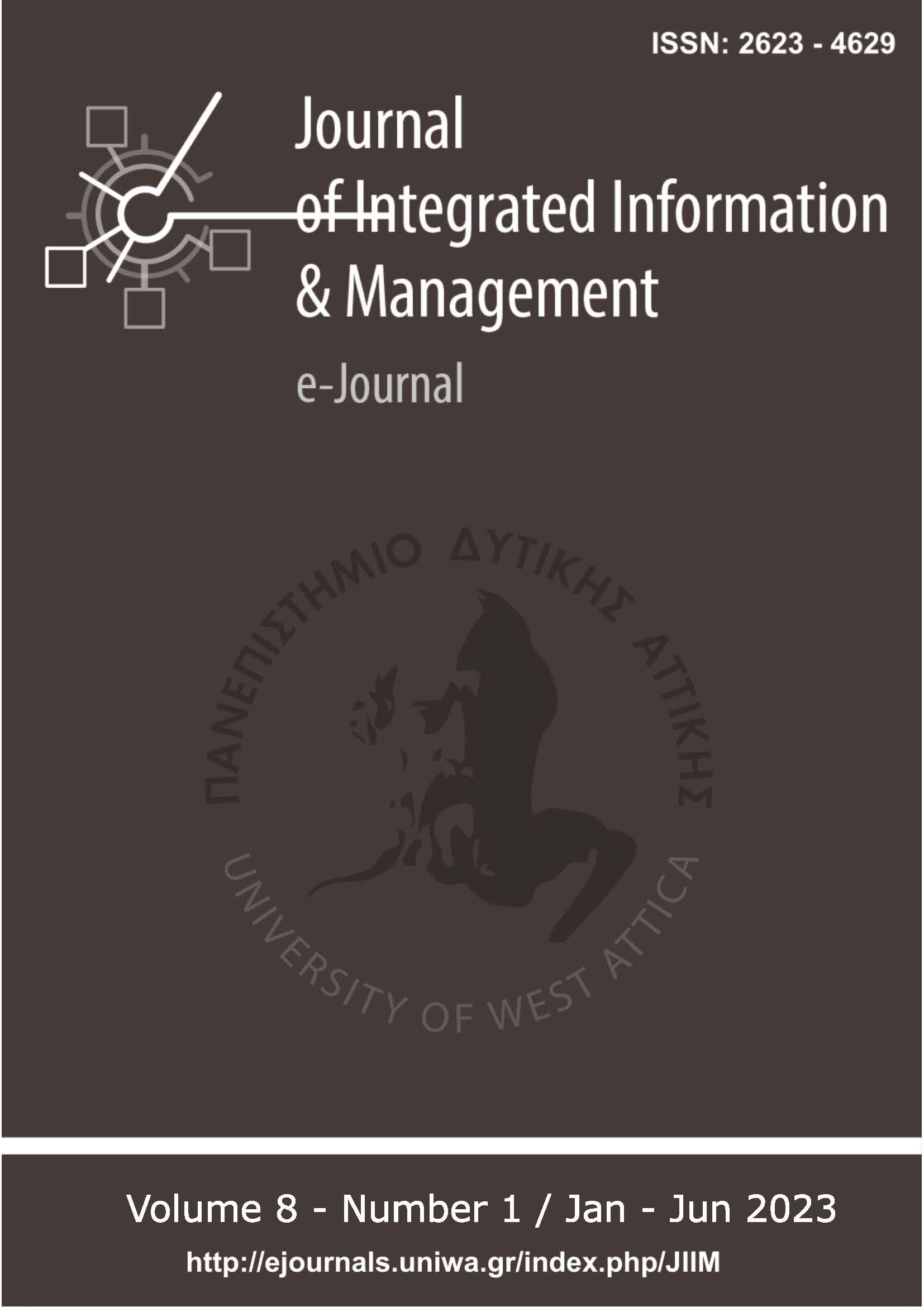Developing the infrastructure for managing institutional research archives

Abstract
Purpose - Capturing research in modern academic institutions is of vital importance. A robust approach to systematically harvest, host, and update a university-wide repository is not only beneficial for the academics within the HEI, but it can also boost and promote the visibility of the University.
Design/methodology/approach - Although many decentralized approaches offer the possibility to showcase an individual's research, the vast and disparate sources cannot facilitate an institutional repository. Since research constitutes one of the main aims of a university, we follow a solution that records the whole research that occurs within an institution, which is VIVO. In this paper, we present the adaptation of VIVO by a Greek University, namely, the University of West Attica. In our approach, we have merged the existing systems and harvested research-related information from different sources on the web.
Findings - The proposed solution serves as an academic research repository. It provides consistency over the presented research outputs, making the research of the University wider visible.
Originality/value - The paper presents an ontology-based system for documenting the undertaken research within an institution. Moreover, it allows the personalization of the ontology, thus making it possible to customize the repository to fit an institution's needs, the web interface, therefore presenting the perceived significant components for the University, and the information visualization.
Article Details
- How to Cite
-
Tsolakidis, A., Triperina, E., Triantafyllou, I., & Skourlas, C. (2023). Developing the infrastructure for managing institutional research archives. Journal of Integrated Information Management, 8(1), 28–35. Retrieved from https://ejournals.epublishing.ekt.gr/index.php/jiim/article/view/37910
- Section
- Research Articles

This work is licensed under a Creative Commons Attribution-NonCommercial 4.0 International License.
Copyright Notice
Authors who publish with JIIM agree to the following terms:
- Authors retain copyright and grant the journal right of first publication with the work simultaneously licensed under a Creative Commons Attribution Non-Commercial License that allows others to share the work with:
- An acknowledgment of the work's authorship and initial publication in this journal.
- Authors are permitted and encouraged to post their work online (preferably in institutional repositories or on their website) prior to and during the submission process, as it can lead to productive exchanges, as well as earlier and greater citation of published work.





